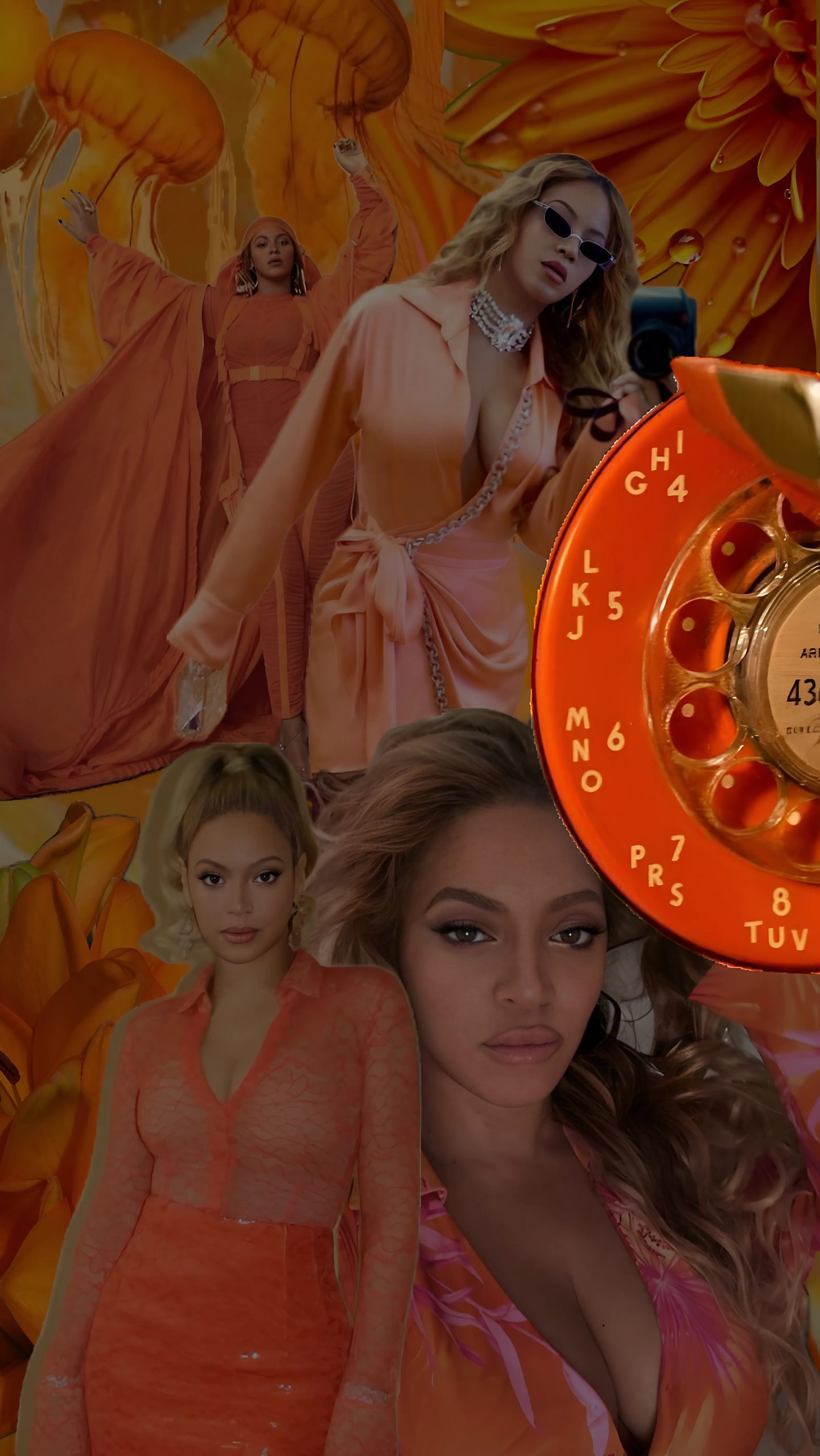Beyoncé’s vocal prowess is undeniable. From her early days as lead singer of Destiny’s Child to her current status as a global pop icon, Queen Bey has continuously pushed the boundaries of popular music with her powerhouse vocals and genre-bending experimentation.
But behind every jaw-dropping chorus and show-stopping riff lies years of vocal training, natural talent, and hard work. Beyoncé’s ability to navigate complex melodies, dynamic shifts, and unconventional techniques sets her apart from other pop stars. However, mastering her most challenging choruses is no easy feat, even for experienced singers.
Deciding the “most difficult” Beyoncé chorus is subjective. Several contenders come to mind based on vocal agility, emotional intensity, and unique techniques required:
Love on Top demands impressive vocal dexterity. The rapid-fire melismatic runs and sudden register shifts throughout the chorus require precision and control. Hitting the high notes while maintaining rhythmic accuracy is a challenge.
Run the World (Girls)’s staccato, rhythmic delivery paired with high notes and intricate melismas makes for a tongue twister. Nailing the choppy rhythms while maintaining pitch and clarity is no simple task.
Crazy in Love’s iconic opening riff and subsequent belting in the chorus necessitate powerful belts and precise pitch. The sudden dynamic shifts from soft verses to loud, belt-heavy choruses test a singer’s range and control.
If I Were a Boy’s raw emotion and subtle vibrato make it difficult to capture the depth of feeling without sounding forced. Conveying vulnerability while sustaining long notes and achieving resonance requires emotional connection and breath support.

Listen’s sustained high notes and belts on “you, oh you” demand exceptional breath support and emotional connection to achieve the power and resonance Beyoncé delivers. Achieving that level of resonance at such a high pitch is a tall order.
Black Parade’s gospel-infused chorus with its soaring harmonies and powerful delivery requires not only vocal strength but also an understanding of gospel phrasing and dynamics. Capturing the gospel spirit adds another layer of complexity.
Partition’s spoken word sections and rhythmic changes throughout the chorus require versatile delivery and precise timing to achieve Beyoncé’s signature groove. Nailing the transitions between singing, talking, and rapping is no easy feat.
Drunk in Love’s slurred vocals and rhythmic syncopation in the chorus make it an unconventional challenge, demanding precise control and phrasing without losing the laid-back feel. Achieving that balance of technical precision and casual delivery is difficult.
Countdown’s fast-paced rapping mixed with singing in the chorus tests both vocal ability and rhythmic precision, making it a unique challenge for even skilled singers. Switching seamlessly between rapping and singing with accuracy is no mean feat.
Mastering these choruses isn’t just about hitting the notes; it’s also about capturing the energy, emotion, and technical intricacies that Beyoncé brings to each one. The “most difficult” depends on individual strengths and weaknesses.
Rather than focus on a single “most difficult” chorus, it’s more productive to appreciate Beyoncé’s diverse vocal range showcased across her discography. From powerful belts to intricate melismas, spoken word sections to gospel harmonies, Beyoncé continually pushes the boundaries of pop music with her vocal artistry and skill. Her ability to navigate complex melodies, dynamic shifts, and unconventional techniques with seemingly effortless grace is a testament to her talent and hard work. For aspiring singers, studying Beyoncé’s vocal feats offers a roadmap for developing agility, emotional expression, and technical mastery within one’s own voice.
Hope this revised article helps! Let me know if you have any other questions.





